The sedan is known as a sensible car. A few of them have been icons and lasting exemplars of style, innovation, and performance. Here are 22 sedans that have stood the test of time, proving that age is only a number if the principles of engineering brilliance and visionary design come together.
1955 Mercedes-Benz 300SL Gullwing (Sedan Version)
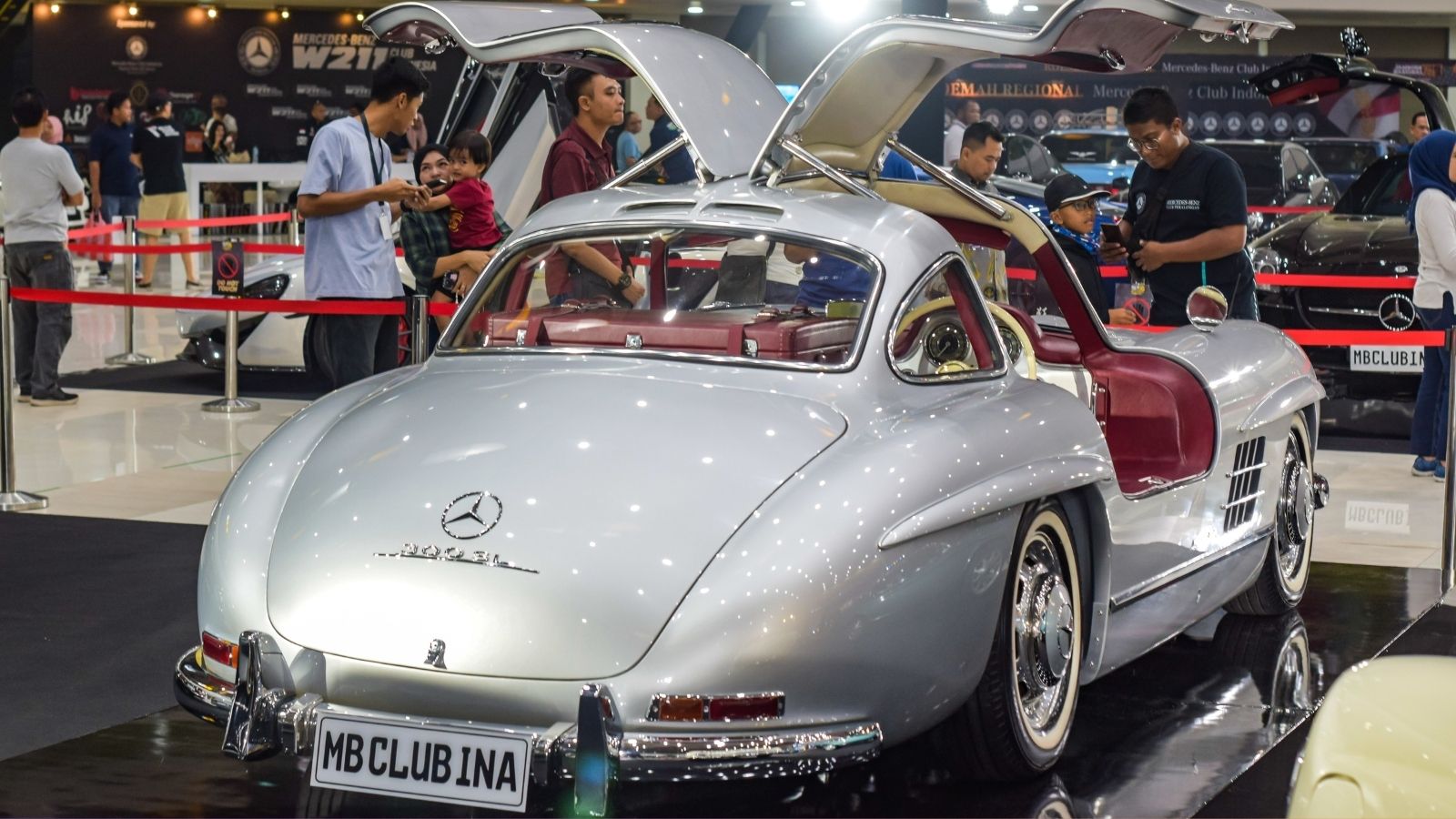
The 300SL sedan, which debuted in 1955, captured the essence of luxury and performance more than its iconic gullwing coupe counterpart. Powered by a 3.0-liter inline-six engine with direct injection, it produced an impressive 215 horsepower for its time, accelerating from 0 to 60 mph in 8.8 seconds. Friedrich Geiger’s sleek, four-door design exuded elegance, while the interior pampered occupants with rich leather seats, polished wood trim, and advanced instrumentation.
1962 Jaguar Mark II

The Jaguar Mark II, launched in 1962, is an exemplary luxurious sedan. The 3.8L inline-six engine produced 220 horsepower, and 0 to 60 mph came in 8.5 seconds. With Sir William Lyons as its chief designer, the Mark II wore sporty yet elegant lines. Inside, it boasted Connolly leather seats, a burled walnut dashboard, and that iconic four-spoke steering wheel oozing old-world British charm.
1968 BMW 2002
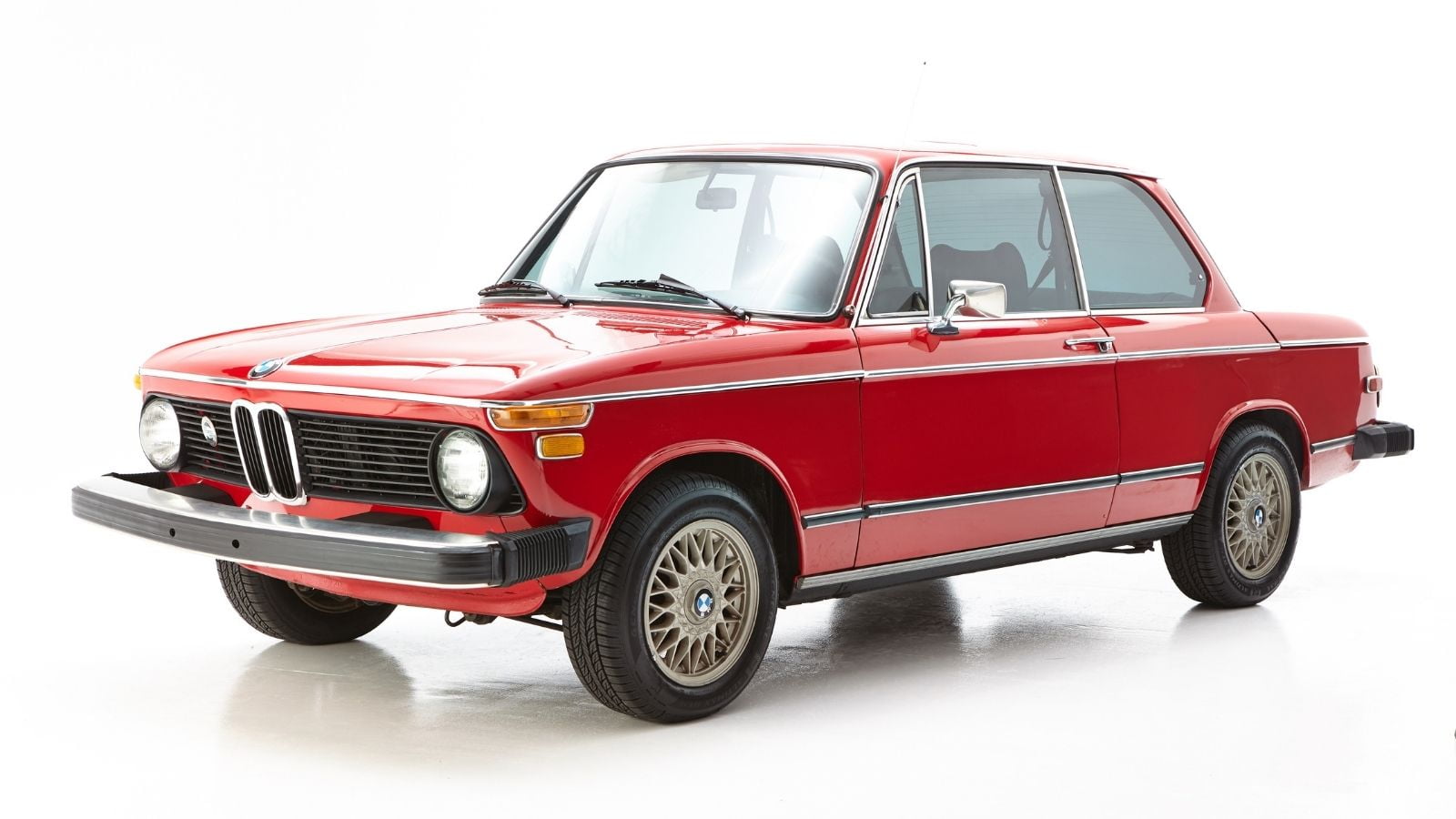
Launched in 1968, the BMW 2002 redefined the sports sedan with its agility and performance. Its inline-four 2.0L engine produced 130 horsepower, which enabled it to hit 60 mph in 9.0 seconds. Designed by Giovanni Michelotti, it has pretty simple yet sporty aesthetics, proving to be a template for later BMW sedans. The interior was functional yet stylish since the seats were supportive, the driver cockpit minimalist, and the gauges minimal.
1970 Alfa Romeo Giulia Super
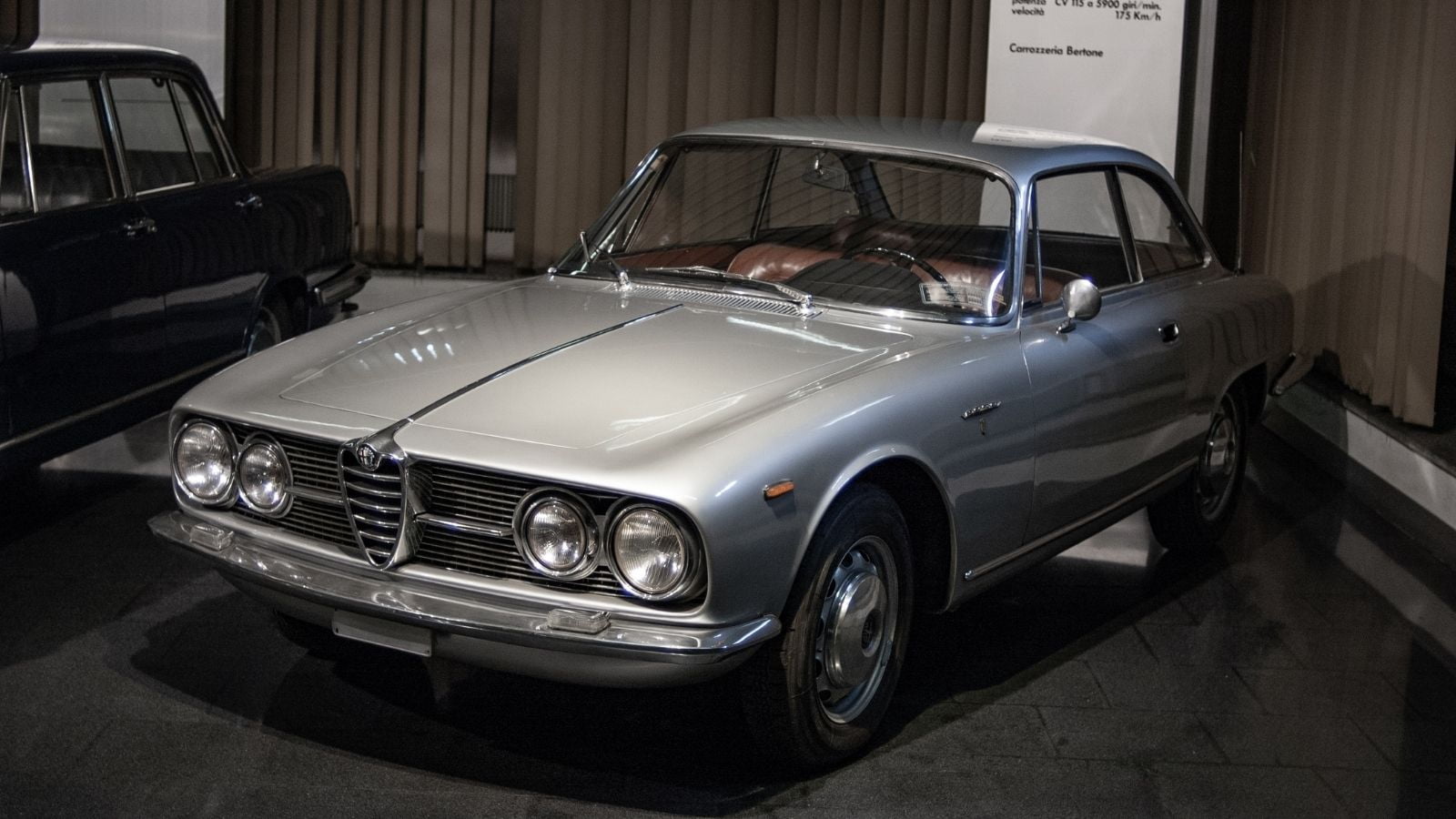
The Alfa Romeo Giulia Super, available in 1970, combined passion from Italy with practicality. Its 1.6L inline-four engine generated 110 horsepower. 0-60 mph came in about 10 seconds. Giorgetto Giugiaro’s design added a boxy yet elegant shape to it. The interior included bucket seats that would provide great support, a wooden steering wheel, and a minimalist dash- exactly what amounts to Italian craftsmanship.
1975 Saab 99 Turbo
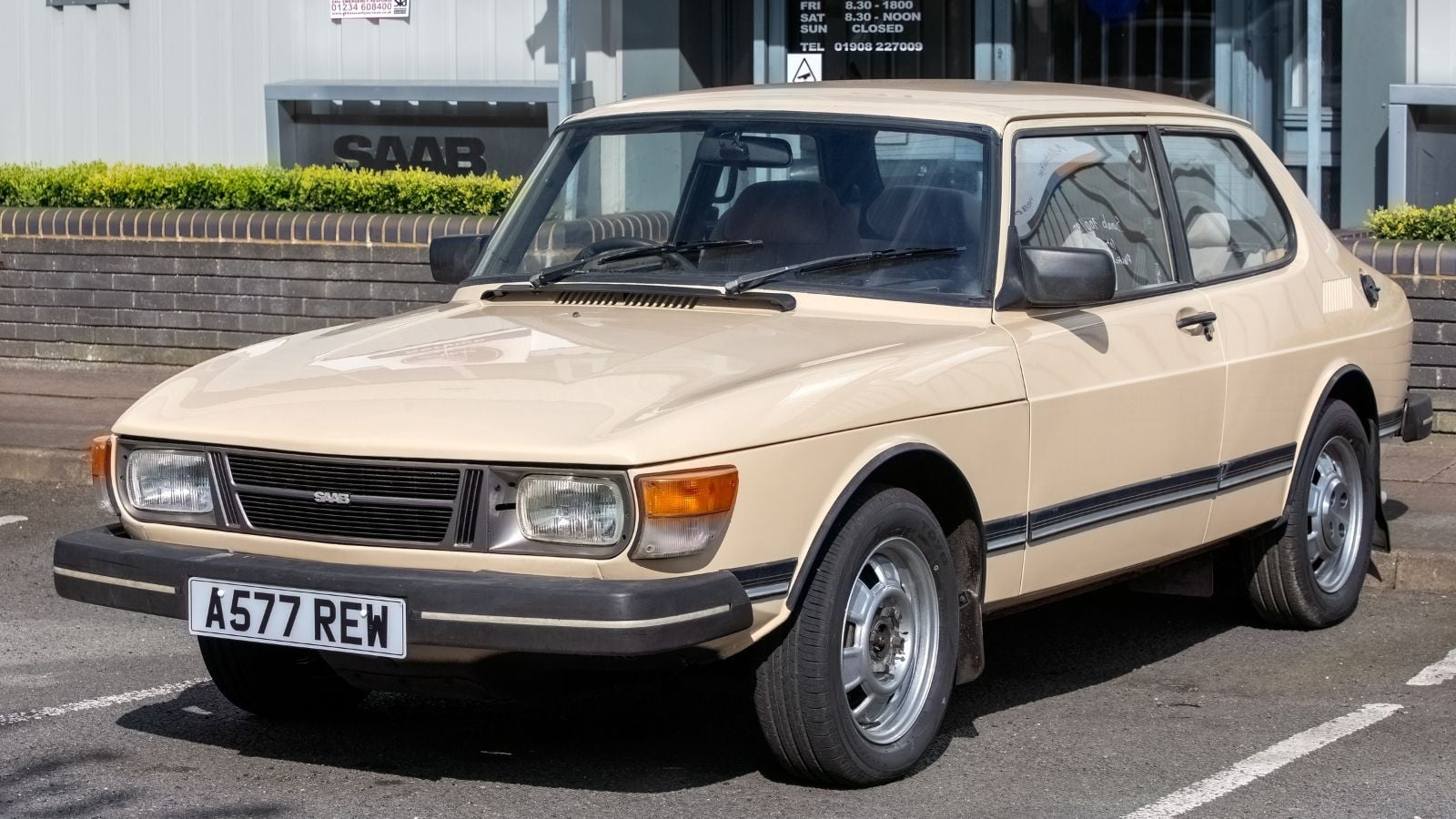
Saab introduced the 99 Turbo in 1975 as the promise of turbocharging in sedans came true. Its 2.0-liter inline-four turbo produced 145 horsepower and could push it to 60 mph in only 8.5 seconds. Designed by Sixten Sason, this was a very sleek and streamlined car with aerodynamic lines. The interior featured ergonomic seats, and a wraparound dash focused on the driver’s comfort and safety.
1980 Mercedes-Benz W123
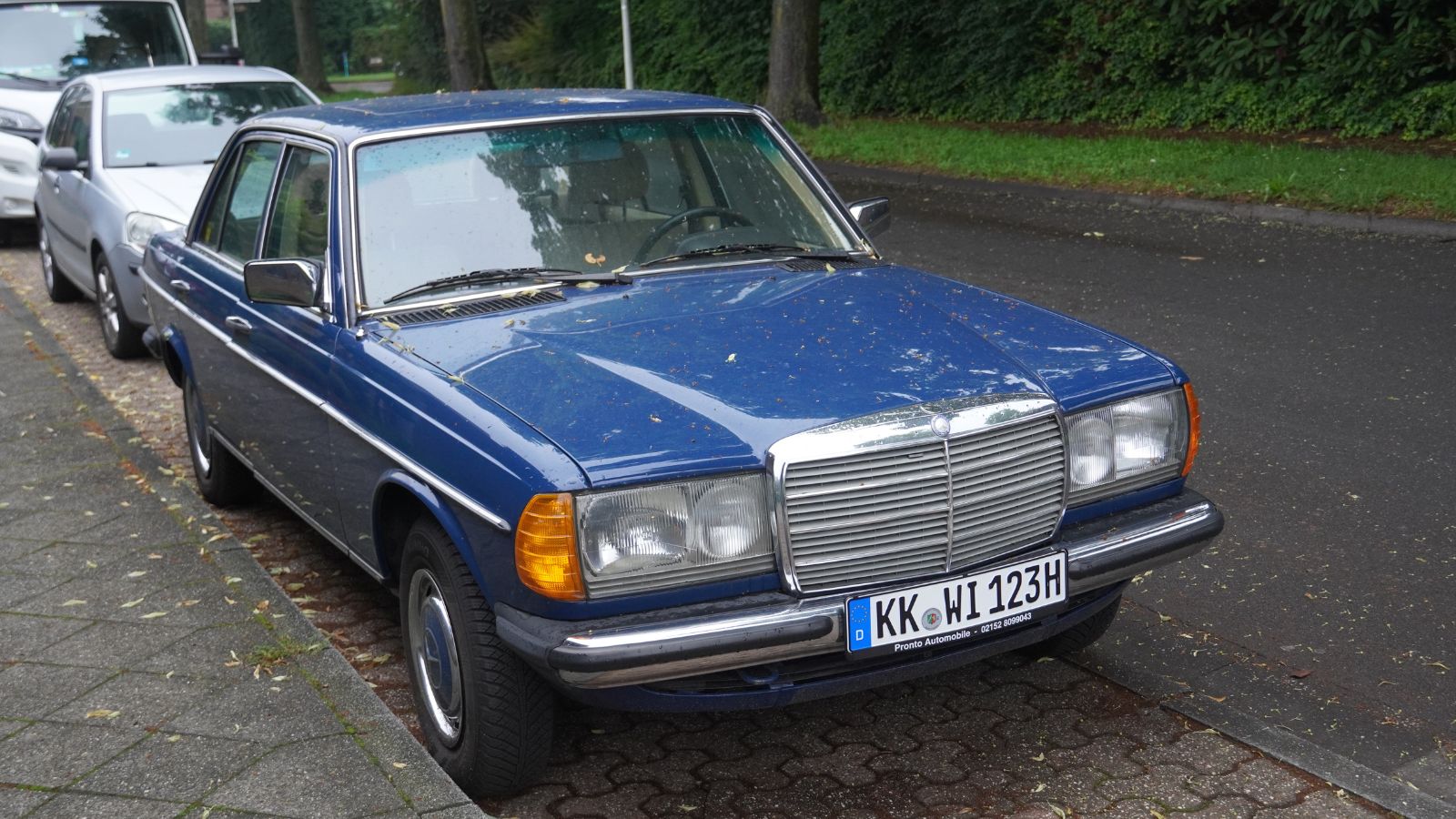
The W123, launched in 1980, is famous for its indestructible engineering. Its 3.0L inline-five diesel engine produced 80 horsepower and 60 mph in a laid-back 16 seconds. Designed by Bruno Sacco, its clean, understated lines radiated durability and class. The interior is comfortable, with plush seats, wood accents, and an intuitive control environment, making this long-distance favorite a staple among road warriors.
1984 Audi 5000
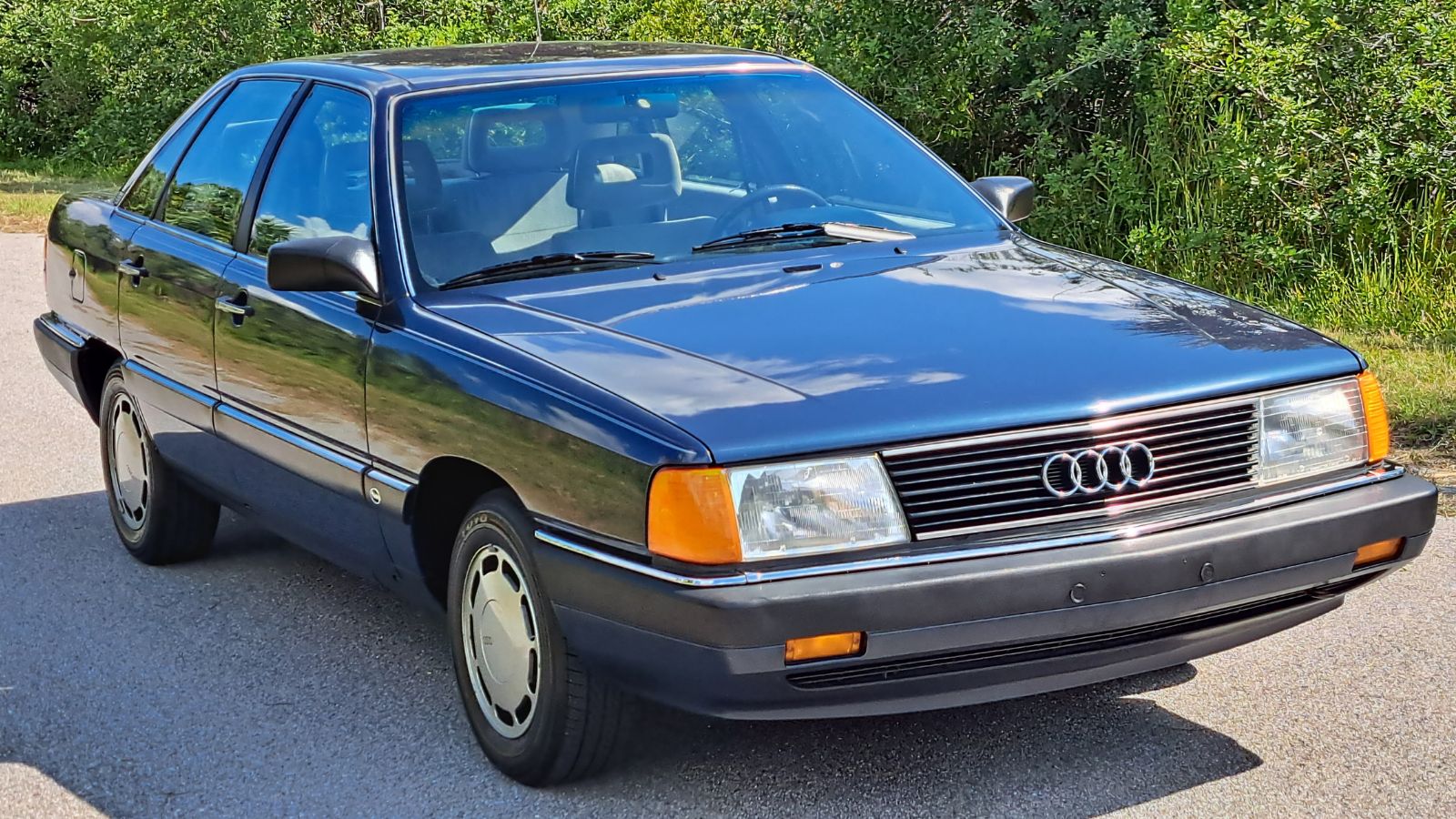
Aerodynamic design and cutting-edge technology shone through in Audi’s 1984 5000 model. Featuring a 2.2L inline-five engine with turbocharging that delivered 160 horsepower, 0 to 60 mph in 8.0 seconds became a speed benchmark. Building on the wind-cheating silhouette, it created new standards in sedan styling. Cabin comfort came with premium materials and power-adjustable seats, coupled with an advanced digital display, calling for innovation through and through from Audi.
1984 Mercedes-Benz 190E 2.3-16
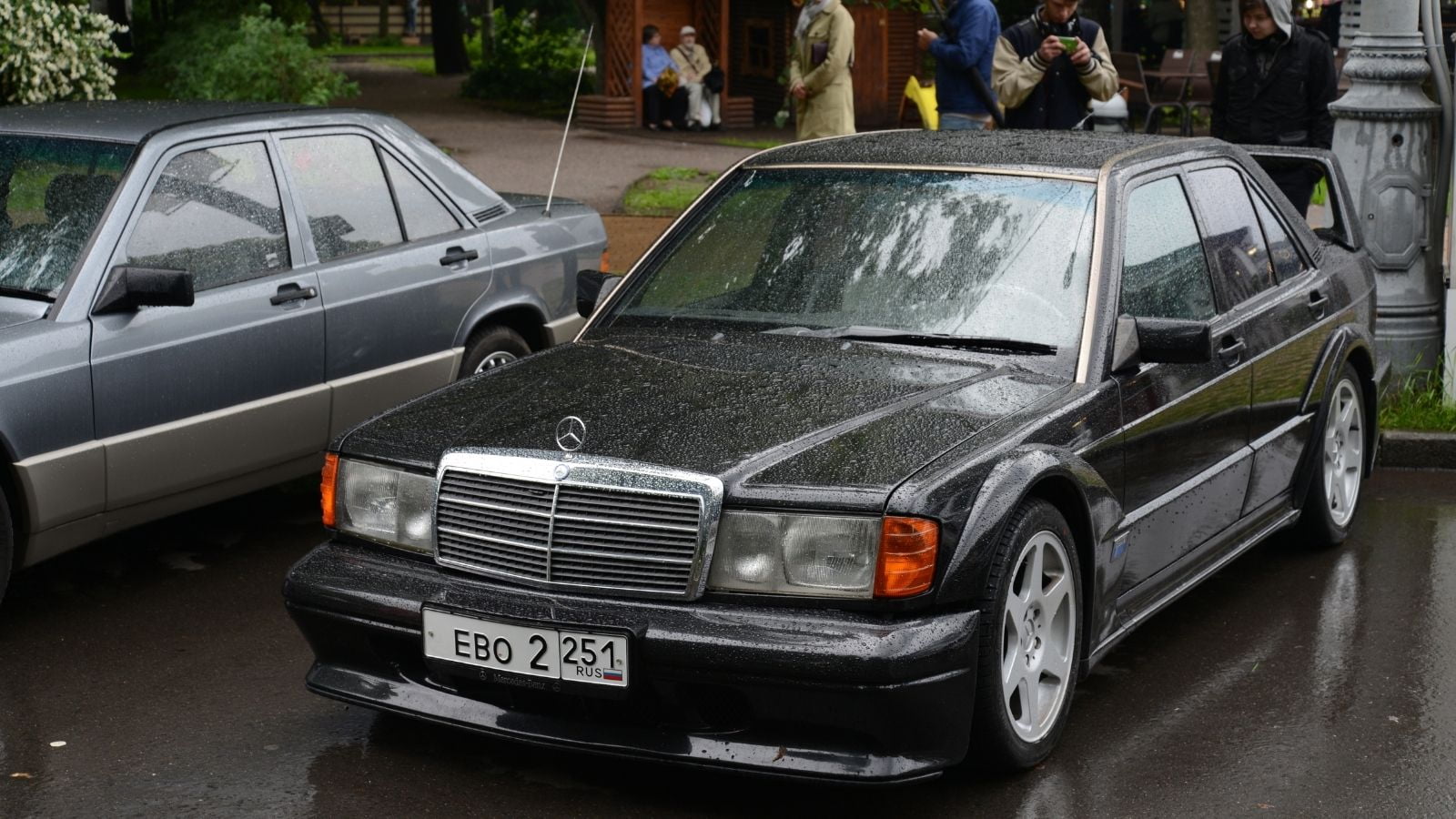
When it went on sale in 1984, the Mercedes-Benz 190E 2.3-16 redefined what a compact executive sedan could accomplish. It sprinted from 0 to 60 mph in 7.5 seconds, thanks to its 2.3L Cosworth-tuned inline-four engine delivering 185 horsepower. Designer Bruno Sacco molded a sharp, aerodynamic body with flared wheel arches and a gentle rear spoiler. The interior reflected Mercedes’ commitment to quality, with premium leather upholstery, a minimalist yet luxurious dashboard, and advanced features like automatic climate control.
1989 Lexus LS 400
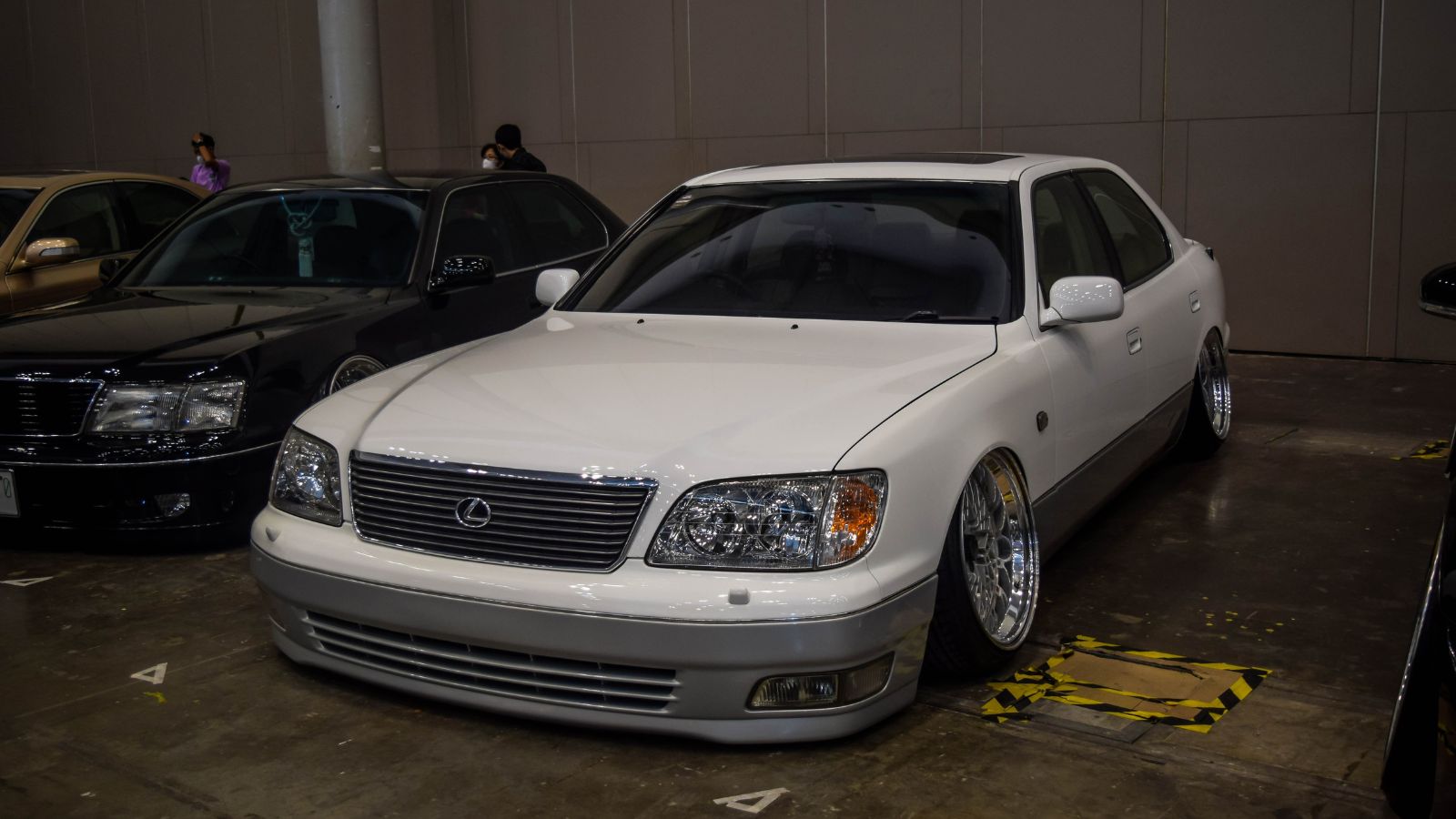
The Lexus LS 400 was Toyota’s debut into the luxury sedan market, one that set new benchmarks for the quality of refinement. It was introduced in 1989 and boasted a silky smooth 4.0L V8 with 250 horsepower and accelerated to 60 mph in 8.5 seconds. Designed by Ichiro Suzuki, with understated yet elegant lines that were tasteful and timeless, the LS 400 inside stunned its passengers with plush leather seats, natural wood accents, and cutting-edge features.
1992 Alfa Romeo 155

The Alfa Romeo 155 was launched in 1992. It boasted a 2.0L turbocharged inline-four, good for 190 horses and going from 0 to 60 mph in 6.8 seconds. It was shaped by Ercole Spada and featured a sharp, wedge-shaped profile that put aerodynamics first. The interior boasted sporty but comfortable bucket seats, a driver-centric design, and bold red highlights the classic Alfa Romeo combination of performance and passion.
1994 Audi A4 (B5)
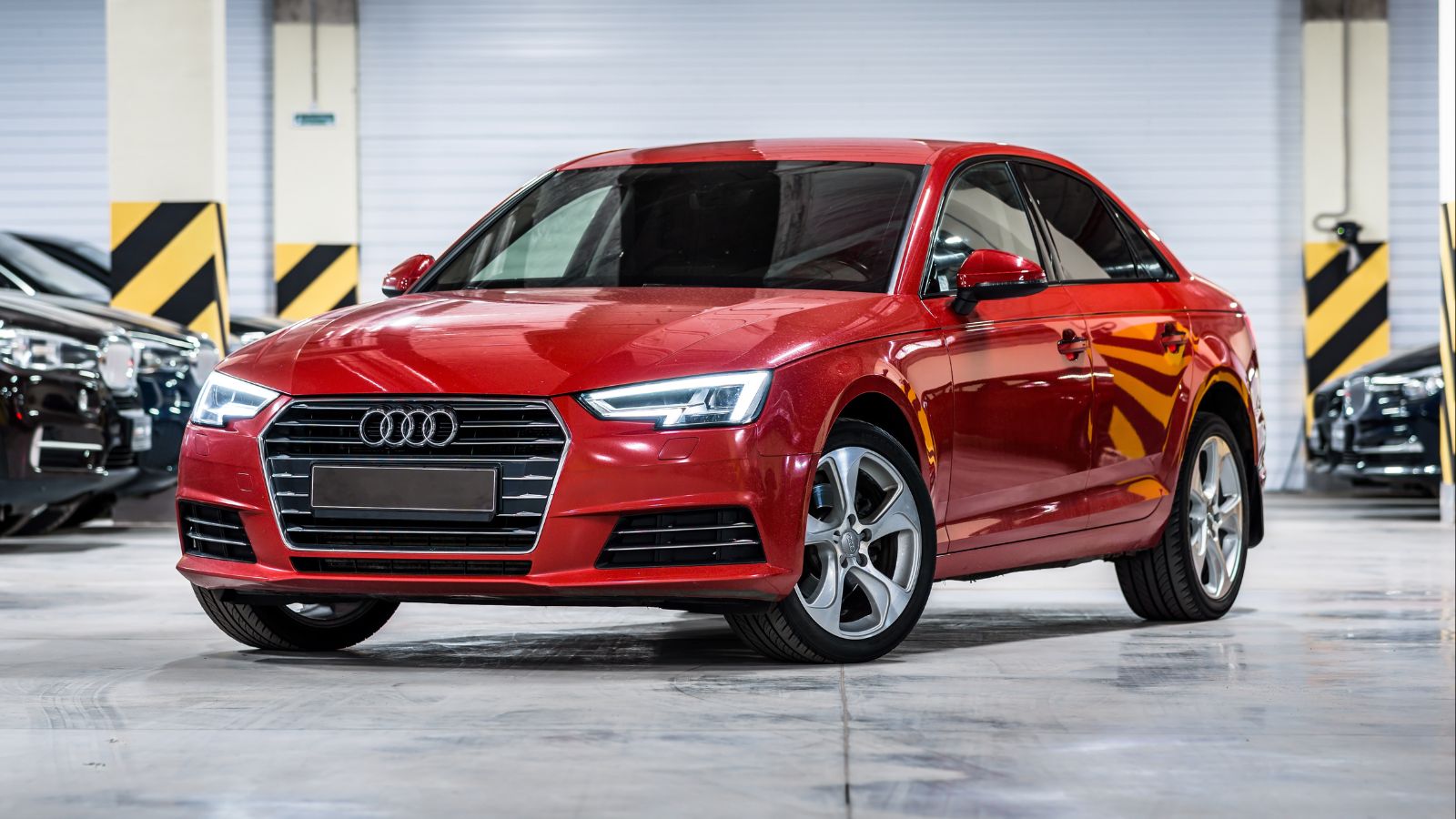
With its debut in 1994, the Audi A4 signaled a turning point for the company: an all-wheel-drive luxury vehicle emphasizing precision. The base model had a 1.8L turbocharged inline-four, good for 148 horsepower, and could push to 60 mph in 8.6 seconds. Designed by Imre Hasanic, the clean, understated lines became an Audi hallmark. Inside, the A4 boasts high-quality materials, well-ergonomically designed seats, and features such as multi-function displays and high-end sound systems.
1997 BMW E39 5 Series
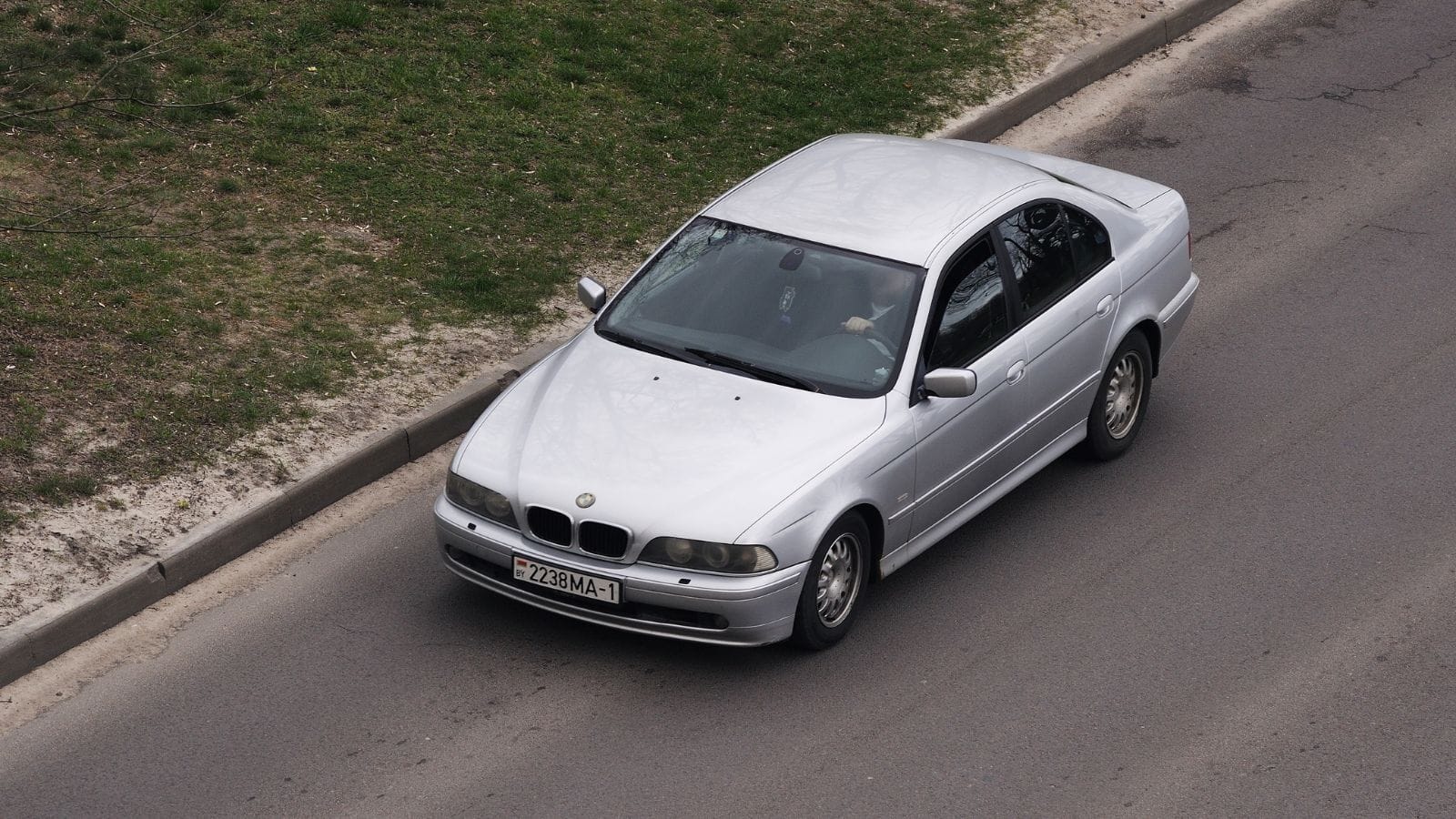
The 1997 E39 5 Series is often regarded as one of the finest sedans BMW has ever made. Its 540i trim came with a 4.4L V8 engine producing 282 horsepower at full throttle, reaching 0 to 60 mph in 6.2 seconds. Under the brilliant guidance of Chris Bangle, the E39 found a perfect blend of elegance and aggression. The cabin featured comfortable leather seats, advanced navigation systems, and a driver-oriented cockpit to contrast comfort with BMW’s signature dynamics in driving.
2001 Jaguar X-Type
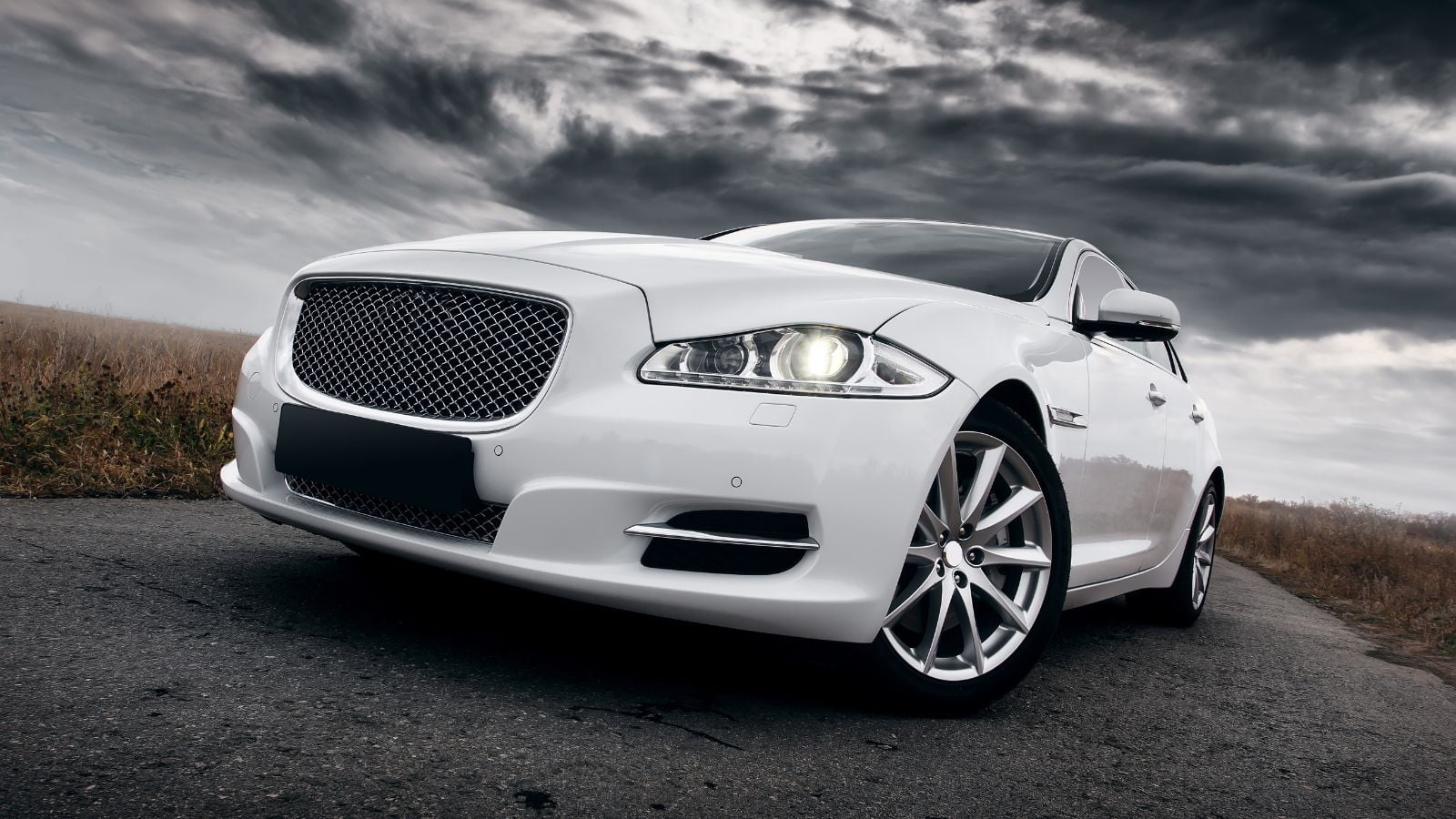
The 2001 Jaguar X-Type was a bold attempt to bring British luxury into the compact sedan market. It boasted a 3.0L V6 engine producing 231 horsepower, with 0 to 60 mph in 7.1 seconds. Geoff Lawson penned its classic lines and iconic grille, but Jaguar’s fundamental elegance had been overshadowed; these lost some cues but retained much of the house style. The interior life itself was compelling, with supple leather seats, wood veneers, and striking touches like chrome accents and ambient lighting.
2005 Chrysler 300C

The Chrysler 300C exploded onto the scene in 2005, taking the American sedan to a new definition as bold and imposing as its design. The 5.7L HEMI V8 threw out 340 horsepower and made 0 to 60 mph in 5.3 seconds. Gilles Ralph’s design work featured a very commanding grille, strong shoulder line, and proportions reminiscent of days gone by. The interior boasted leather-trimmed seats, wood accents, and advanced tech, like a premium sound system, marrying modernity with that old American muscle.
2006 Lexus IS 250
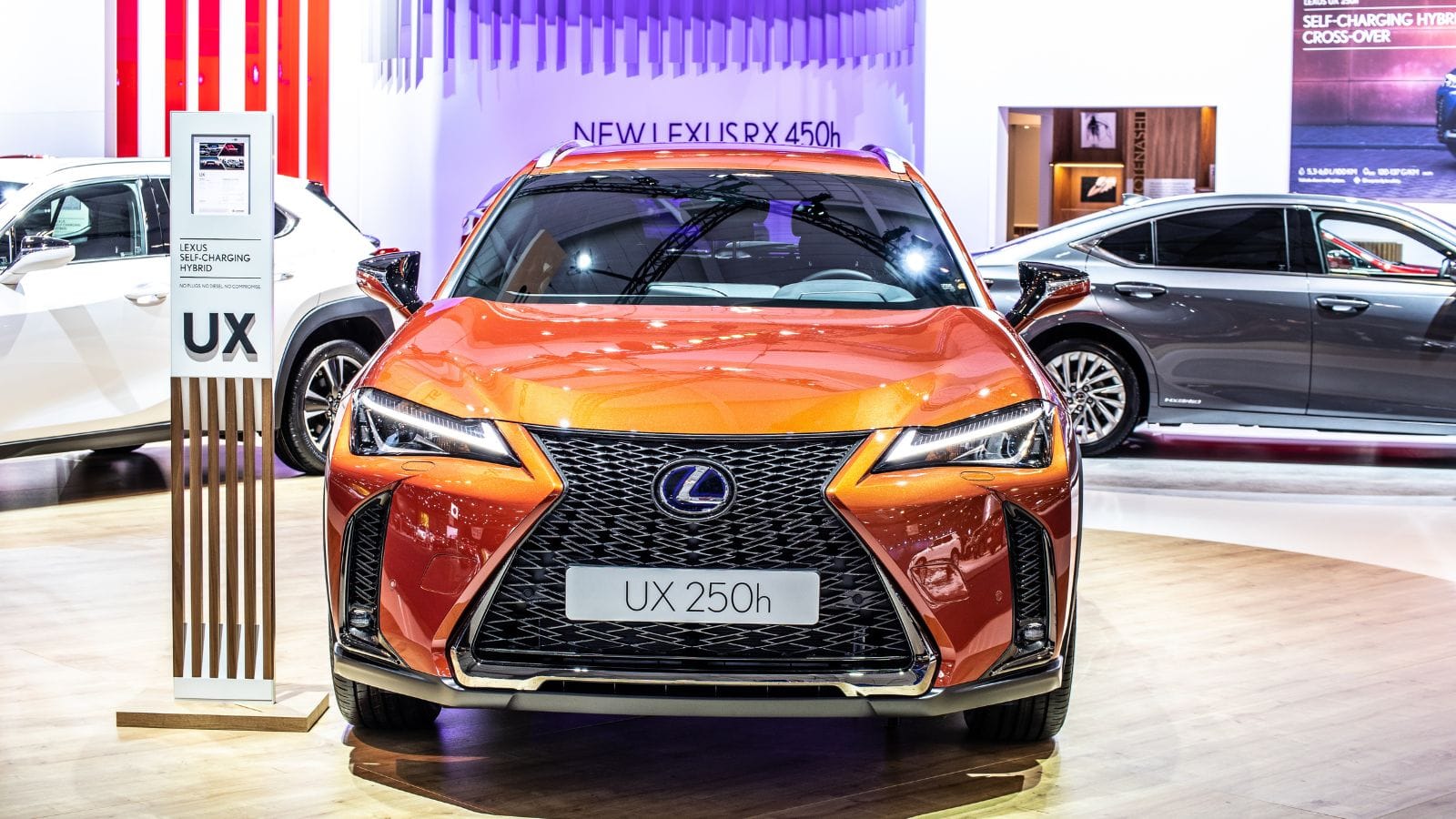
In 2006, the Lexus IS 250 was widely accepted by those looking for a sporty yet luxurious sedan. It had a 2.5L V6 engine delivering 204 horsepower, which made it go from 0 to 60 mph in 7.9 seconds. Kengo Matsumoto designed the IS 250 with a sharp, aggressive stance and a sleek, flowing silhouette. The interior showcases Lexus craftsmanship, highlighted with leather-trimmed seats and metallic accents, and the smooth integration of advanced tech like touchscreen infotainment and dual-zone climate control.
2008 Tesla Model S (Prototype)

The Tesla Model S was officially launched in 2012, but its prototype was unveiled in 2008. Its earlier models featured an utterly electric powertrain with 416 horsepower, making it sprint to 0 to 60 mph in 4.4 seconds. Franz von Holzhausen penned the exterior design with a minimalist yet otherworldly appeal by encompassing a sloping roof and even flush door handles. It features a visionary 17-inch touchscreen, vegan leather seats, and a spacious cabin, revolutionizing what an ordinary sedan could be.
2010 Hyundai Genesis Sedan
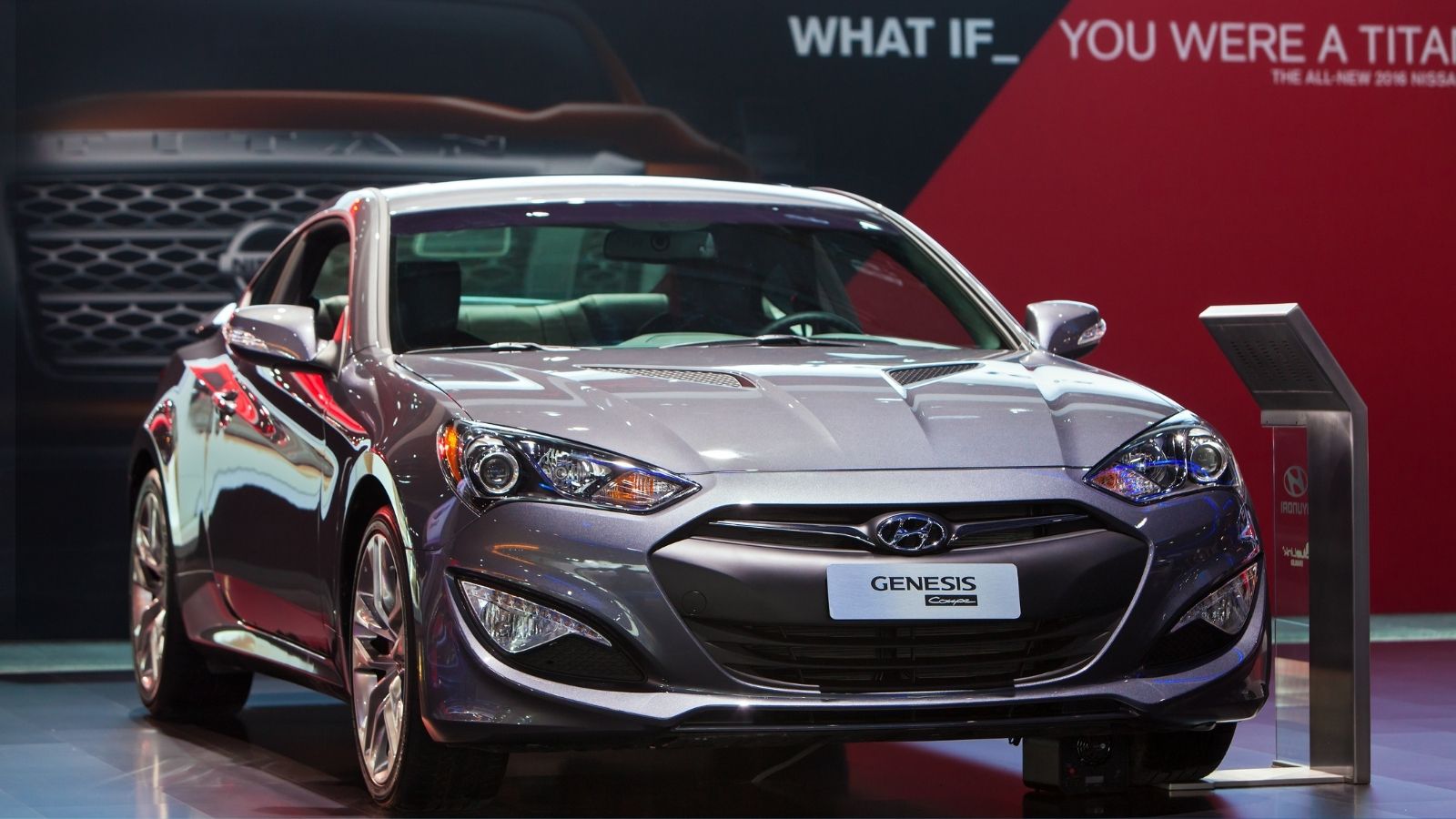
The Hyundai Genesis Sedan represents the big step that the company took into the luxury market back in 2010. It had a 4.6L V8, casting out a potent 385 horsepower and launching from 0 to 60 mph within 5.7 seconds. Designed by Lee Sang-Yup, the Genesis had a more sophisticated yet bold look with a stately grille and clean lines. The leather interior was premium, the wood trim polished, and the infotainment system sophisticated, challenging the established brands at a fraction of their prices.
2014 Mazda6
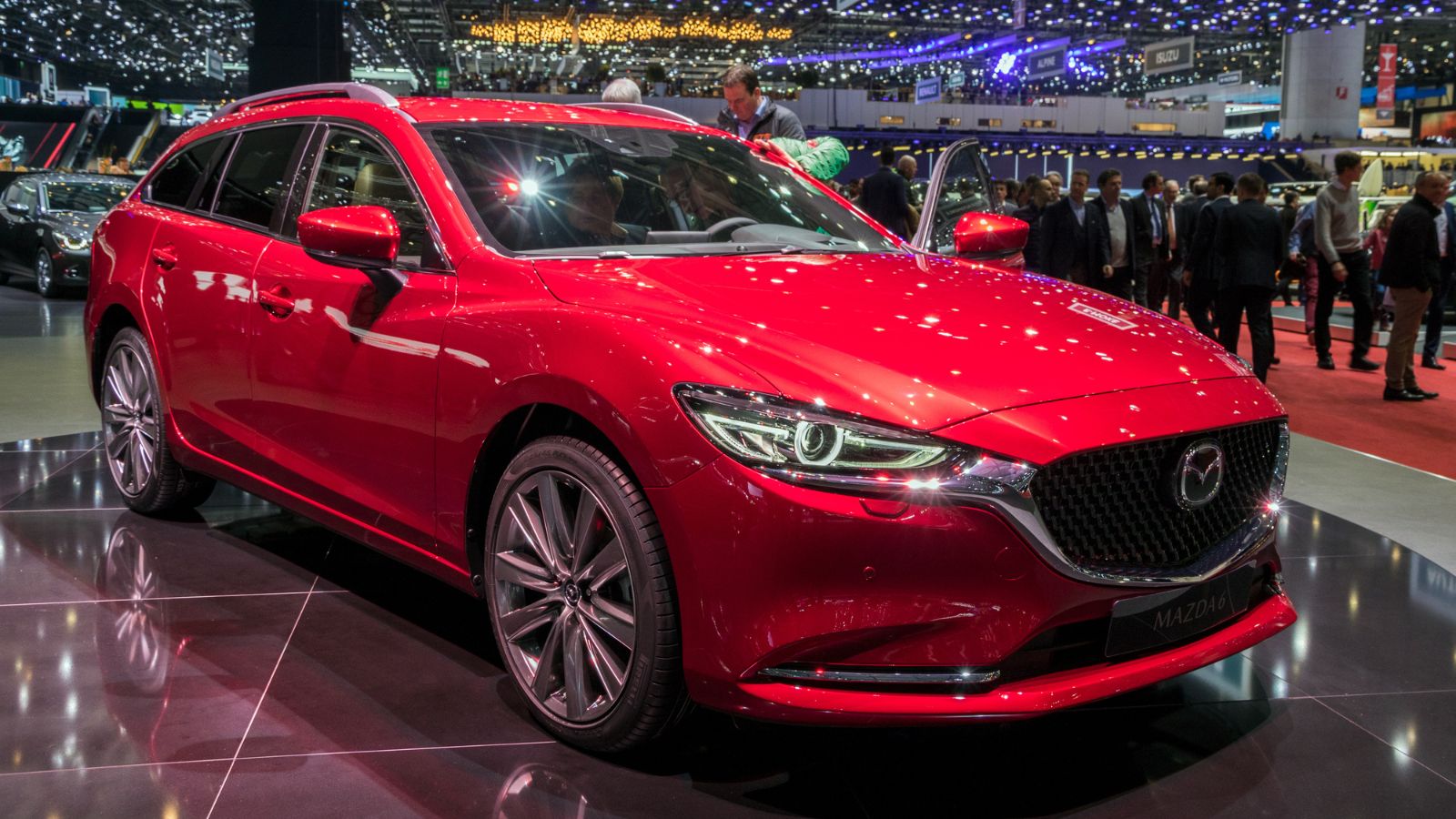
Under Mazda’s Kodo design philosophy, the 2014 Mazda6 is one of the most attractive cars. It flows nicely with a dynamic look, sharp headlights, and an elegant stance, but its technical side is most important. The 2.5L Skyactiv-G inline-four engine delivers a respectable 184 horsepower and hits 60 mph in 7.4 seconds. Inside, the cabin is driver-focused, with premium materials featuring intuitive controls.
2015 Volvo S90
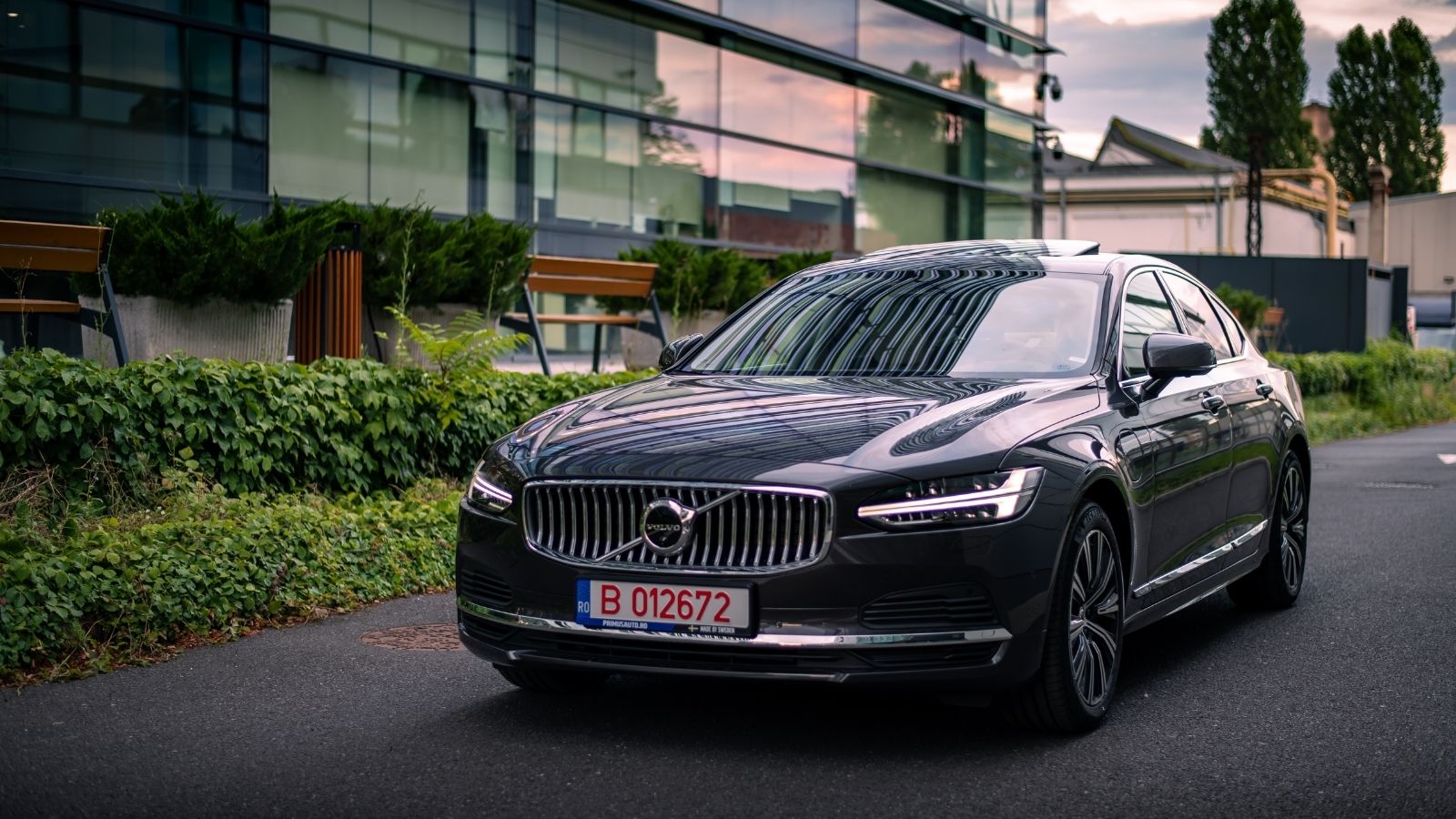
In 2015, the Volvo S90 redefined the idea of Scandinavian luxury with a minimalist design and impressive technology. The T6 edition was powered by a 2.0L turbocharged and supercharged inline-four, pushing 316 horsepower to 60 mph in just 5.7 seconds. Designed by Thomas Ingenlath, the S90 sported a sleek profile accentuated by the trademark “Thor’s Hammer” LED lights. Inside, it boasted Nappa leather seats, driftwood trim, and a high-tech Sensus infotainment system to create a serene, plush driving environment.
2016 Alfa Romeo Giulia Quadrifoglio
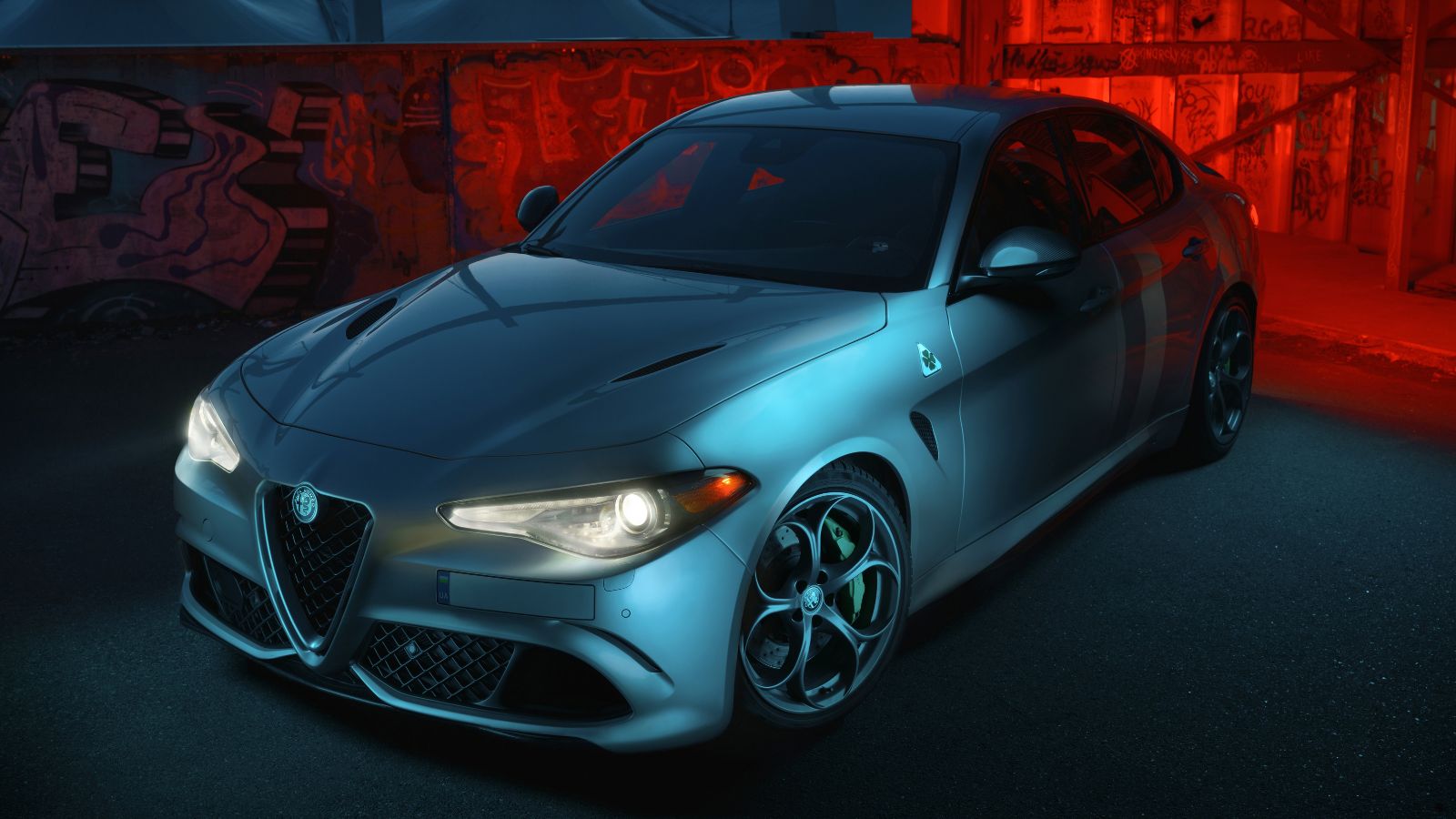
2016, the Alfa Romeo Giulia Quadrifoglio was revealed, finally bringing some Italian swagger and speed to the sedan class. Powered by a 2.9L twin-turbo V6 engine engineered by Ferrari, it churned out 505 horsepower and accelerated from 0 to 60 mph in an astonishing 3.8 seconds. Centro Stile Alfa Romeo designed it to have a rather aggressive stance, sculpted body, and carbon-fiber trim, turning heads around every corner. The interior was unmatched in its sporty luxury feel with its Alcantara-trimmed seats, flat-bottom steering wheel, and advanced driving aids.
2018 Kia Stinger GT
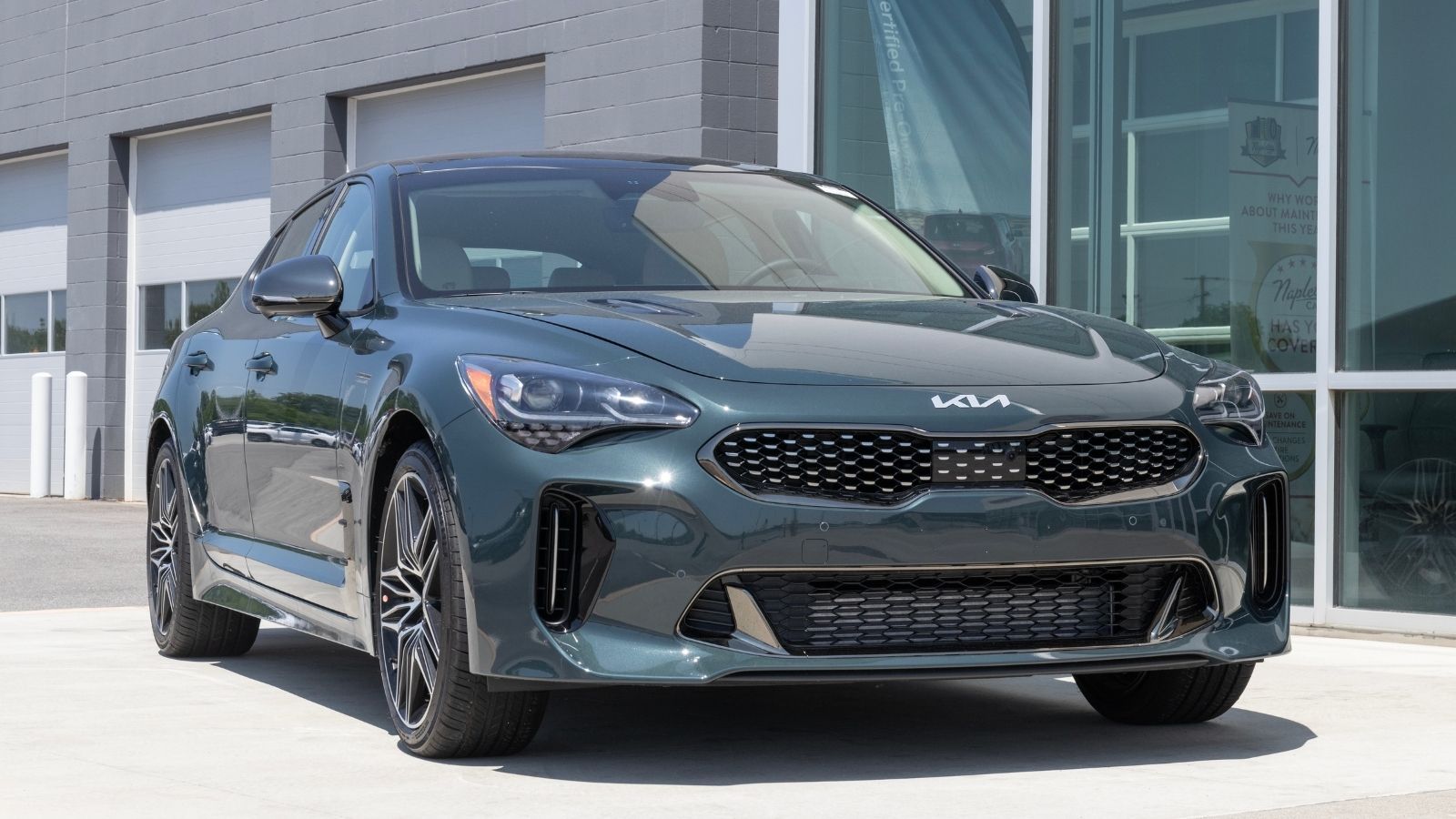
The Kia Stinger GT shook up the market in 2018, bringing performance at par with premium German sedans. With its 3.3L twin-turbo V6 engine, this vehicle produced 365 horsepower and achieved 0 to 60 mph in 4.7 seconds. Peter Schreyer penned the Stinger, which boasts a bold, coupe-like silhouette with sporty details like quad exhaust tips. The interior was distinguished by its high-end finishes, leather sport seats, and techno-wizardry such as a heads-up display and Harman Kardon sound system, truly a game-changer for Kia.
2020 Toyota Avalon TRD
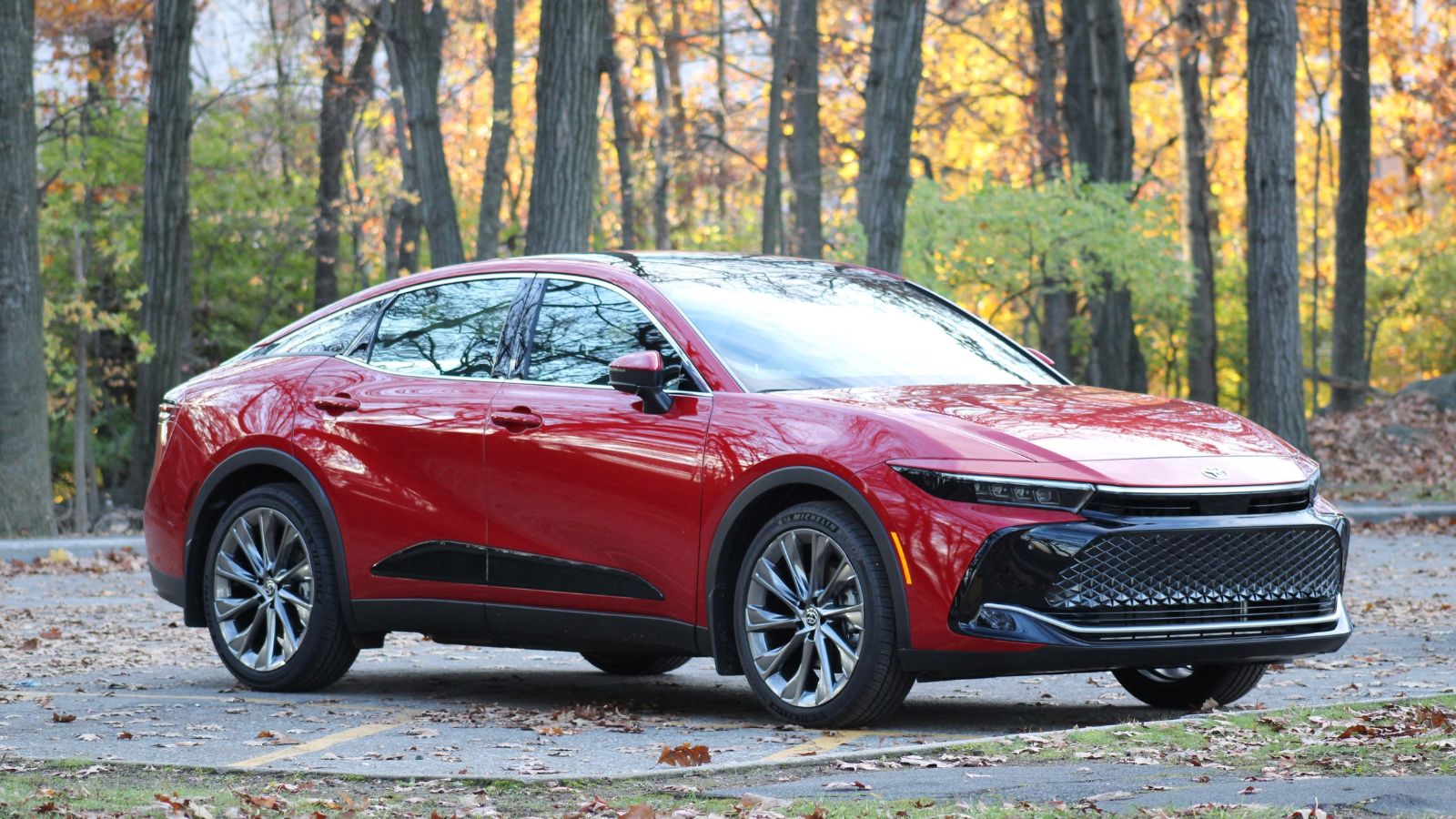
The Toyota Avalon TRD, first marketed in 2020, redefined the full-size sedan category. Equipped with a 3.5L V6, the Avalon TRD rendered 301 horsepower and 0 to 60 in six seconds dead. The TRD team at Toyota spruced up the Avalon with sportier styling, a lower stance, and aerodynamic touches. Inside, the Avalon TRD was fitted with sports seats bearing red stitching, badging, and a suite of tech: a JBL sound system and advanced driver-assistance features.
12 Cars That Are Known for Their Unbreakable Reliability — They Just Don’t Quit

Reliability is a core feature that defines a vehicle. Over the last few decades, some vehicles have emerged as a reliable and durable option, standing out as workhorses that never quit. These vehicles not only prove themselves in terms of performance but transcend their role and become reliable partners, always fulfilling their role. Here are 12 Cars known for their unbreakable reliability.
12 Cars That Are Known for Their Unbreakable Reliability — They Just Don’t Quit
